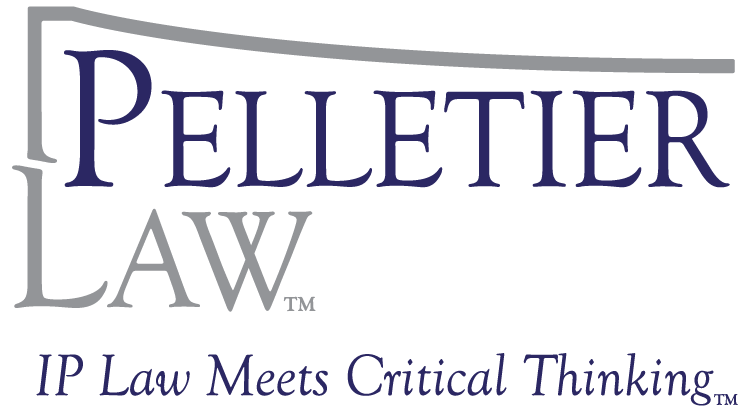Cybersecurity Companies’ Patents: Assets, Roadmaps for Hackers or Both?
Intellectual property (IP) can be a company’s lifeblood. For example, a patent can provide a legal monopoly on technology and stimulate investment in the patent owner’s operations.
At the same time, a patent may negatively impact a company’s viability or make its clients’ operations vulnerable in not so obvious ways. For example, a patent covering cybersecurity technology (or, in patent parlance, cybersecurity methods or systems) can be a roadmap for a hacker. By reading the patent, a hacker will learn how that technology is implemented and, as such, should be in a better position to bypass or compromise it. In fact, if the hacker does not gain that knowledge from reading the patent, then the patent might be invalid for (1) failing to sufficiently describe the claimed invention, (2) failing to sufficiently enable the claimed invention, (3) indefinite claims or (4) a combination of those reasons.
Alice Corp. v. CLS Bank also bears mentioning. In that 2014 decision, the Supreme Court held that generic computer implementation of an abstract idea is not patentable subject matter. In other words, a patent covering cybersecurity technology may cover subject matter that actually is not eligible for patent protection. Under such circumstances, a competitor, for example, may challenge the patent and have its claims declared ineligible.
Faced with those realities, do potential investors consider whether a cybersecurity company’s technology is protected by patents? They probably do. Do potential investors think about patents as “roadmaps for hackers” when assessing the viability of the company? Perhaps, and they should. Do potential investors consider whether a cybersecurity company’s technology is protected as a trade secret? They should. If properly protected, a trade secret will not be a “roadmap for hackers” – or at least not a readily available “roadmap for hackers.”
For further context, I have prepared a table that depicts (1) the market capitalization (MC) of, equity funding (EF) for or investment (INV) in 17 cybersecurity companies, (2) the number of U.S. utility patents owned by each company and (3) each company’s MC, EF or INV, in U.S. dollars, per U.S. utility patent. Briefly, the MC, EF or INV/U.S. utility patent ranges from $ 7.5 million to $ 428 million. That table is available upon request.
A company to mention, but that is not (yet) part of the above mentioned table, is IBM. According to the Wall Street Journal, IBM CEO Virginia Rometty “wants more than 40% of IBM’s revenues in 2018 to be from corporate markets in analytics, cloud computing, cybersecurity, social networking and mobile technologies.” (Monica Langley, “IBM Chief Searches For Big Blue’s Next Act,” Wall Street Journal, Apr. 21, 2015, A1, A16.) In 2014, those businesses accounted for 27% of IBM’s revenues. (Id.) Interesting dynamics to watch will be the extent of IBM’s pursuit of patent protection for cybersecurity technology, its success, or failure, in securing any such patent protection and the marketplace response to that pursuit and any resulting success or failure. Of course, the performance of a company’s cybersecurity technology, patented or not, should significantly impact the company’s viability and marketplace response.
Certainly, more IP-related legal and economic analyses would have to be done in order to truly assess (1) the strengths, weaknesses and values of the 17 cybersecurity companies’ respective patent and overall IP portfolios and (2) whether each company’s MC, EF or INV reasonably reflects the strengths, weaknesses and value of the corresponding portfolio. Nevertheless, important take-aways are: (1) patents can provide legal monopolies on technology and, as such, competitive advantages in the marketplace; but, through their disclosures, they also may negatively impact patent owners’ viability or make their clients’ operations vulnerable in not so obvious ways; and (2) the potency of a company’s technology-related IP portfolio can be accurately assessed only if the company’s patents and trade secrets are assessed.

Leave a Reply